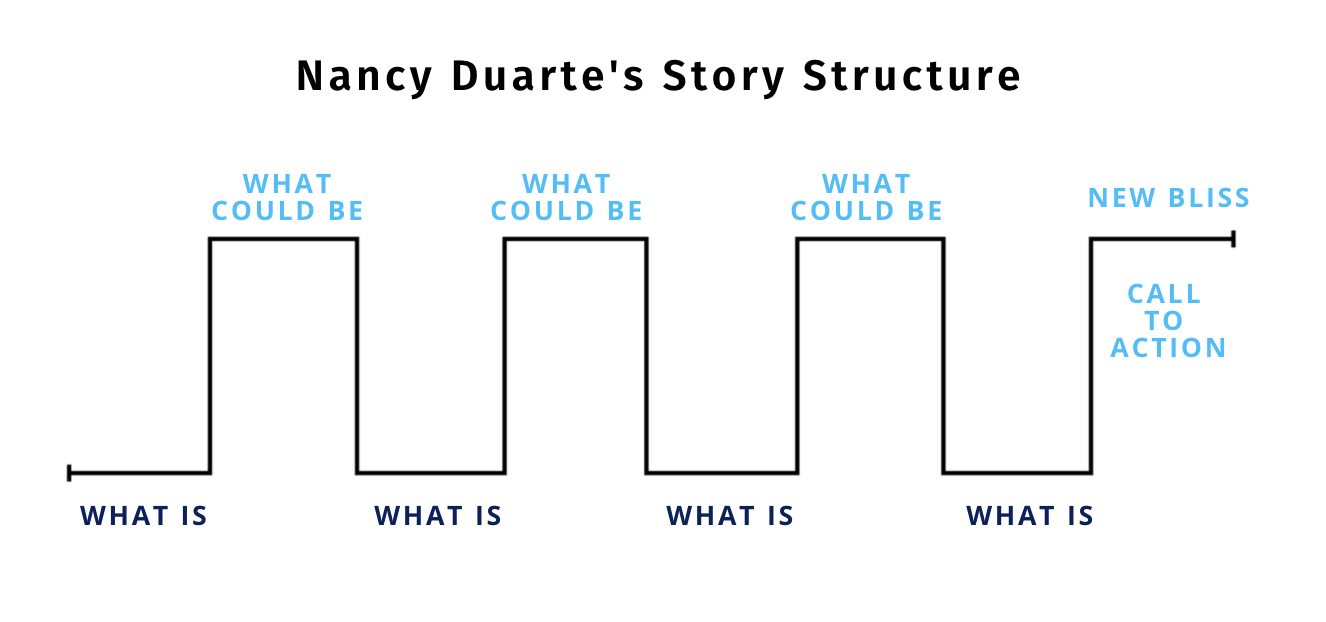This post is part of our series Marketing Now, about marketing activities that will always serve you well, regardless of market conditions and external factors. We believe that “right now” is always the time to invest in marketing initiatives that will serve you in the short and long term.
Sign up below to receive an email update whenever we publish a new post in the series, and read all other posts in the series here.
Webinars can be a cost-effective and productive way to speak directly to your audience, show off your product, and ultimately gain new customers. They’re also one of the only ways to “gather” in our current remote work reality — which means a lot of startups are doing them.
How can you make sure your webinar stands out in this newly crowded digital event marketplace? You could improve your home video set-up, figure out Zoom backgrounds, and fix the lighting in your home office. But even the most sophisticated camera set-up won’t ensure that your audience actually pays attention. As you may have heard, Zoom fatigue is real, and your audience is likely getting burnt out attempting to connect to other humans through screens.
Despite all this, it is still absolutely possible to create a persuasive webinar that leads to engagement, Sales Opportunities, and high ROI. In this post, we’ll share advice about using storytelling principles to make sure your webinar content holds your audience’s attention and leaves them wanting more.
Tip #1: Make your audience the hero of your webinar, not you or your product.
This tip comes from presentation guru Nancy Duarte. To paraphrase her popular TED talk:
As a presenter, it’s easy to feel that you’re the star of the show, but that’s not true. Because if you have an idea and the audience doesn’t grab on to that idea, the idea goes nowhere…So in reality, the presenter isn’t the hero, the audience is the hero of our idea. And as the presenter, you’re the one who helps the audience move from one thing and into your new special idea.
We couldn’t agree more. From the second your webinar starts, your audience will be wondering, “What’s in it for me?” By focusing on their needs and problems, you’ll also hold their attention.
How to Do It: Making the audience the hero of your webinar is more than just explaining how your product or service works, or showing cool use cases. It’s about deeply understanding your audience’s needs and speaking specifically to those needs. That’s why, as with all good marketing activities, your webinar prep should start with audience research (which doesn’t have to be an expensive endeavor, as we’ve written previously.) Make sure to ask: What are your audience’s current needs and problems? Maybe you have a general idea of the answer to this question, but can you get more specific? For instance, how has your audience been impacted by the coronavirus pandemic? Have their needs changed recently? Don’t be afraid to run your webinar idea by current customers or industry contacts, and see how they react. At every stage of your webinar preparation, stop and think: how would my audience react to this?
Here are three ideas for making your audience the hero of your webinar:
- Interview a current customer: let them be the “main character” of the webinar and tell the story of their own problems, and how your product solved them. People love hearing from their peers, and in our experience, this webinar format attracts the biggest audience, and receives the most praise – consistently and across industries.
- If you can’t interview a customer, tell customer stories throughout the webinar. Make them as specific as possible.
- Create ample opportunities for your audience to participate in the webinar: solicit their questions beforehand, include interactive elements like Q&A, let them “chat” you throughout the webinar and have someone respond to them personally.
We employed this strategy in our latest webinar, Marketing Fundamentals for Right Now, by featuring the story of El-ad David Amir, founder of the B2B biotech startup Astrolabe Diagnostics. El-ad shared his experience building a successful marketing operation from scratch for our webinar audience of other B2B founders. Directly showing this founder’s point of view helped us focus on our audience’s experience, in a way we wouldn’t have been able to otherwise.
Other examples of audience-as-hero: Anyword does a great job at featuring their customers’ stories in webinars. Check them out here:
- How Star Tribune Uses Facebook To Drive Paid Subscriptions
- Four Ways Wirecutter Is Growing Its Affiliate Revenue
Tip #2: Branch out beyond the default webinar structure.
Many webinars (even interesting ones) tend to follow a similar structure: Here’s a problem. Here’s how our technology solves it. Any questions? Even if your webinar speaks to your audience’s needs, if they feel like they’ve seen this webinar before, they still might tune out. So how can you give them something new? Experiment with the structure of your webinar; take them by surprise.
How to Do It: Here are four ideas for a surprising webinar structure:
- To borrow a term from literature, start in media res, i.e. right in the middle of the action. Begin with a powerful story of your technology solving a problem, and then work backward to tell the whole story.
- Use Nancy Duarte’s “what is vs. what could be” structure, which she explains in detail in her popular TED talk, The Secret Structure of Great Talks. This structure boils down to contrasting your audience’s present problems to a (better) future where their problems are solved. Both Steve Jobs’ 2007 Keynote Speech where he introduced the iPhone and Dr. Martin Luther King’s “I Have a Dream” speech follow this structure. Here’s what it looks like mapped out:

- Take a cue from Agatha Christie, and introduce a mystery. Behavioral economist George Lowenstein has noted that curiosity happens when we are aware of a gap in what we know. When we become aware of knowledge gaps, they start to feel urgent, like an itch we need to scratch. In your webinar, drawing attention to your audience’s knowledge gaps will stimulate their curiosity and hold their attention. One way you can do this is by posing questions to them — ones that they actually don’t know, and that (ideally) your technology solves. Drift does a great job speaking to their audience’s knowledge gaps in their webinars. Here are excerpts from two recent webinar invitations:
So…the world is in a bit of a unique place right now. And the question for us as marketers is: what now? How do we pivot our normal marketing strategies and programs in a world that is so abnormal?
Email is one of the best tools that we, as marketers, have to start conversations with our best leads. But, how can you do that if your email isn’t even delivered in the first place? How do you send targeted emails if your database is full of outdated and incorrect lead information?
As you can see, Drift uses questions to pique their audience’s curiosity. By framing your webinar around questions your audience has, you’ll hold their interest.
- The medium is the message. Spice things up with interactive features like surveys, small group discussions (like Zoom breakout rooms), impromptu questions, and chat.
Going Deeper: The work of George Lowenstein, mentioned above, was first introduced to us in the seminal book on influential ideas, Made to Stick by Chip and Dan Heath, which we can’t recommend enough. In Made to Stick, the Heath brothers investigate the qualities of “sticky” ideas: the ones that you just can’t get out of your head. Once you have set the overall structure of your webinar, you’ll need to fill in the details — and you’ll want these details to be sticky. The Heath brothers argue that the most sticky ideas are simple, unexpected, concrete, credible, emotional, and involve a story. For a primer on how to apply these principles, check out their article, Teaching that Sticks.
The Bottom Line
Producing a webinar is about more than having the right equipment, or showing off your awesome product. The best webinars are the ones in which your audience is the hero, and your product is what helps them save the day. Couple this with an unexpected structure, and you’ll have made a digital experience that will deepen your relationship with your audience.








